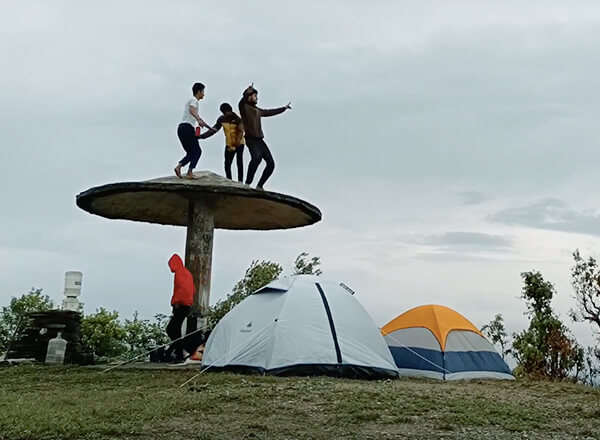Uttarakhand Travel Tourism | Read Blogs | Explore Uttarakhand
History Of Jageshwar
Roots of Jageshwar
The history of the Jageshwar temples is unknown. Because of its distant location, investigations and scholarly attention have been limited. For both temples and stone steles, the site reveals evidence of several architectural styles and building periods, ranging from the 7th to the 12th century, and subsequently into current times. The age of a temple or a stele varies greatly, sometimes by 1,400 years. Some date from the post-Gupta or second millennium, while others date from the second millennium, according to the ASI. There is no textual or epigraphical evidence to corroborate or reject colonial-era guesses that they belong to the Katyuri or Chand hill kingdoms.
Another popular hypothesis is that several of these temples were built by Adi Shankara, however there is no textual or epigraphical evidence to back this position. The architectural characteristics and style of some of these Hindu temples, on the other hand, date from the early seventh century, roughly 50 to 100 years before Adi Shankara lived. What can be said about the historical sequence of monuments in the Jageshwar valley is limited due to the lack of comprehensive studies of Indian temples and ruins in many sections of the remote Himalayan regions. According to Chanchani, by the 10th century, the valley had risen to prominence in Indian architecture, with the first monuments dating from the 7th century.
There are two significant clusters of Hindu temples in the valley, as well as a number of roadside shrines. ASI has designated 151 of these temples as protected pre-12th century structures. The Dandeshwar group temples (Dandeshwar samuh mandir, 15 temples) and the Jageshwar group temples are the two major groups (Jageshwar samuh mandir, 124 temples). The largest of these are temples 37, 76, and 146, all of which date from the late first millennium. Jageshwar is also known as Yageshvara in historical texts.
Jageshwar was formerly the epicentre of Lakulish Shaivism, which was founded by monks and migrants fleeing the Indian subcontinent’s lowlands, most notably Gujarat, and settling in the high mountains. [requires citation] Over time, the temple site became known as sacred geography in the shape of northern (Uttara) Kashi (Varanasi).
Explore Jageshwar
- Temples
- Trekking
- Sightseeing
- Picnic Spots
- Museum
- Himalayan View Point
- Deodar Valley
- Bird Watching
- Nature Walk
- Local Cuisine
- Village Life
- Healing Water Snan
Quick Links
Explore The Beauty Of Jageshwar
Plan the vacation of your dreams!
Frequently Asked Questions (FAQs) about History of Jageshwar
Jageshwar was ruled by Katyuri or Chand hill kingdoms followed with assumptions of saivism seeing the architecture of stone temples of jageswar.
The temple cluster consists of 125 small and big stone temples and is believed to have been built between 7th -11th century CE, mostly by the Katyuri kings.
It will cost INR 1000 per person per day with all inclusions.
WhatsApp Us




